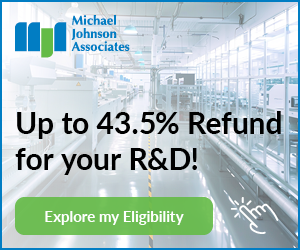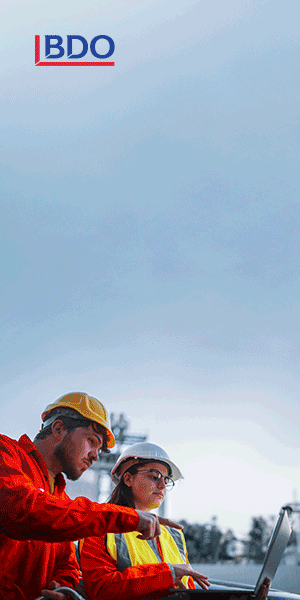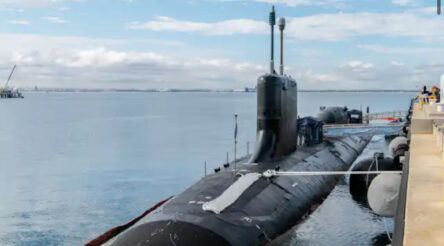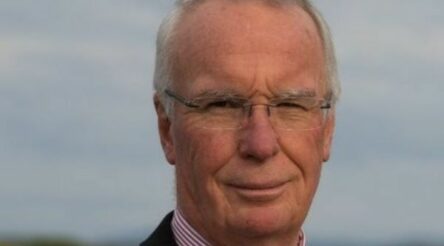Towards 3% R&D – Training the innovation workforce by Michael Edwards of Boeing
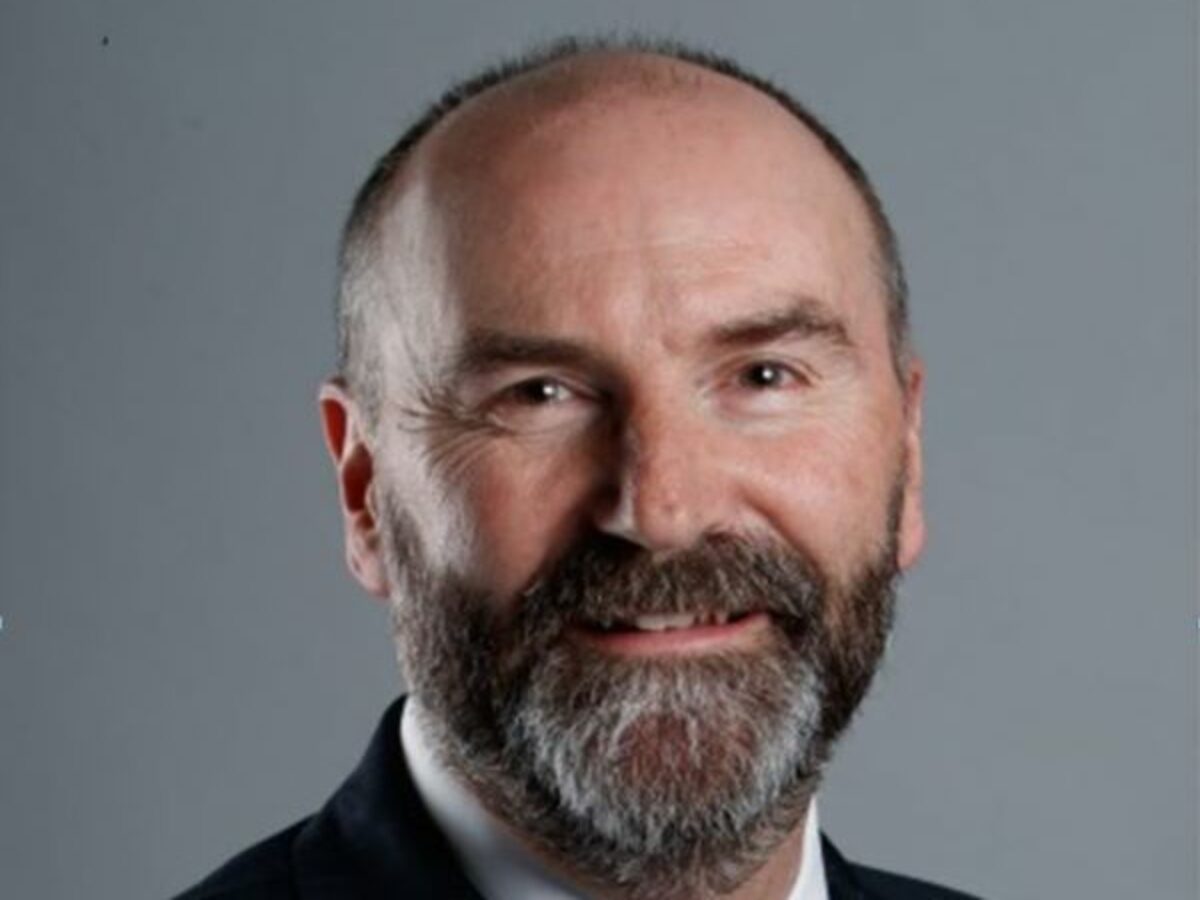
Our editorial series Towards 3% R&D – Turbocharging Australia’s Innovation Effort – requires a trained and inspired workforce. But how to achieve that? By Michael Edwards of Boeing Research and Technology.
Enhancing performance, safety and efficiency of Boeing’s products and services are at the forefront of Boeing’s innovation teams’ minds when developing technological advancements for the aerospace industry.
At Boeing Research & Technology–Australia, the research and development (R&D) division of The Boeing Company, we are particularly focused on developing cutting-edge technologies and solutions in a range of key areas including autonomy, new composites material systems and advanced robotics for commercial and defence applications including the future commercial aircraft and MQ-28 Ghost Bat.
We know we are more successful when we collaborate, and in Australia we partner across the innovation ecosystem, including the Australian Government, Australian Universities, and industry research institutes such as the CSIRO, to drive technological advancements in aerospace.
Through extensive research and testing in world class local facilities, BR&T-A pushes the boundaries of aerospace innovation.
This commitment ensures that Boeing maintains its position as a global leader in the industry, as does the contribution of our innovative global workforce in helping us achieve our R&D goals.
Training the innovation workforce
Training the innovation workforce starts by engaging students at university. From scholarships, internships and graduate programmes through to immersive university engagements, we focus on creating a talent pipeline not only to transition students into the workforce, but as way to stay connected to cutting edge research and cross pollinate ideas between academic and business focused innovations.
Once in the workplace, we focus on equipping individuals with the skills, mindset, and tools necessary to foster creativity, problem-solving, and entrepreneurial thinking.
By fostering a culture that encourages and supports innovation, organisations can harness the collective creativity and problem-solving abilities of their workforce, generating new ideas, improving processes, and delivering value to customers.
To cultivate an innovative workforce, organisations can promote open communication, embrace risk-taking, and recognise breakthrough ideas.
Specialist training programmes can be implemented to enhance project management skills, encourage cross-functional collaboration, and foster diverse perspectives and interdisciplinary teamwork.
@AuManufacturing is publishing contributions from readers for our series – Towards 3% R&D – turbocharging our national innovation effort – over a, month and will shortly publish contributions in an e-Book. Information: Peter Roberts, 0419 140679 or write to [email protected].
Additionally, external exposure, such as participating in innovation events and workshops can broaden thinking and inspire new ideas as can real life immersion in our global R&D centres and within our manufacturing facilities through rotations to experience the impacts of innovations in production areas.
Our goal as research leaders is to set challenging goals that will substantially impact the growth or productivity of our businesses; work as hard as we can to ensure our teams have all they need in terms of resources and capability to meet their goals; and then empower them to get on with the job and celebrate successes large and small along the way.
Measuring and tracking progress
In the realm of R&D, where progress can sometimes feel intangible or incremental, measuring and tracking progress is vital.
Companies can establish metrics to measure and track innovation progress, helping identify areas for improvement and providing feedback for continuous growth.
The focus must be on ultimately delivering our technology into the product and services of the company in order to create value from our research investments.
Encouraging innovative teams to support the R&D industry is crucial for driving technological advancements and maintaining a competitive edge and by training the research workforce, organisations can cultivate a culture of innovation that generates new ideas and delivers value to customers.
With an innovative workforce, the R&D sector will flourish, leading to advancements in technology that delivers long term business competitiveness at the corporate level, but benefits society as a whole at the macroeconomic level.
BR&T-A’s primary objective is to transition breakthrough technologies to our business unit customers to ensure the long-term competitiveness of our products and services, and thus shape the future of aviation and aerospace right here from Australia.
Michael Edwards is the Director of Boeing Research and Technology for Asia Pacific based in Melbourne Australia. He carries executive responsibility for delivery of the company’s research portfolio in the Asia Pacific region. Prior to joining Boeing Michael worked with the CSIRO also worked for 15 years in the plastics, chemicals and petrochemicals industries.
This series is brought to you through the support of our principal sponsor, public accounting, tax, consulting and business advisory BDO, and R&D tax incentive consultancy Michael Johnson Associates.
Picture: Michael Edwards
@aumanufacturing Sections
Analysis and Commentary Awards Defence Manufacturing News Podcast Technology Videos






